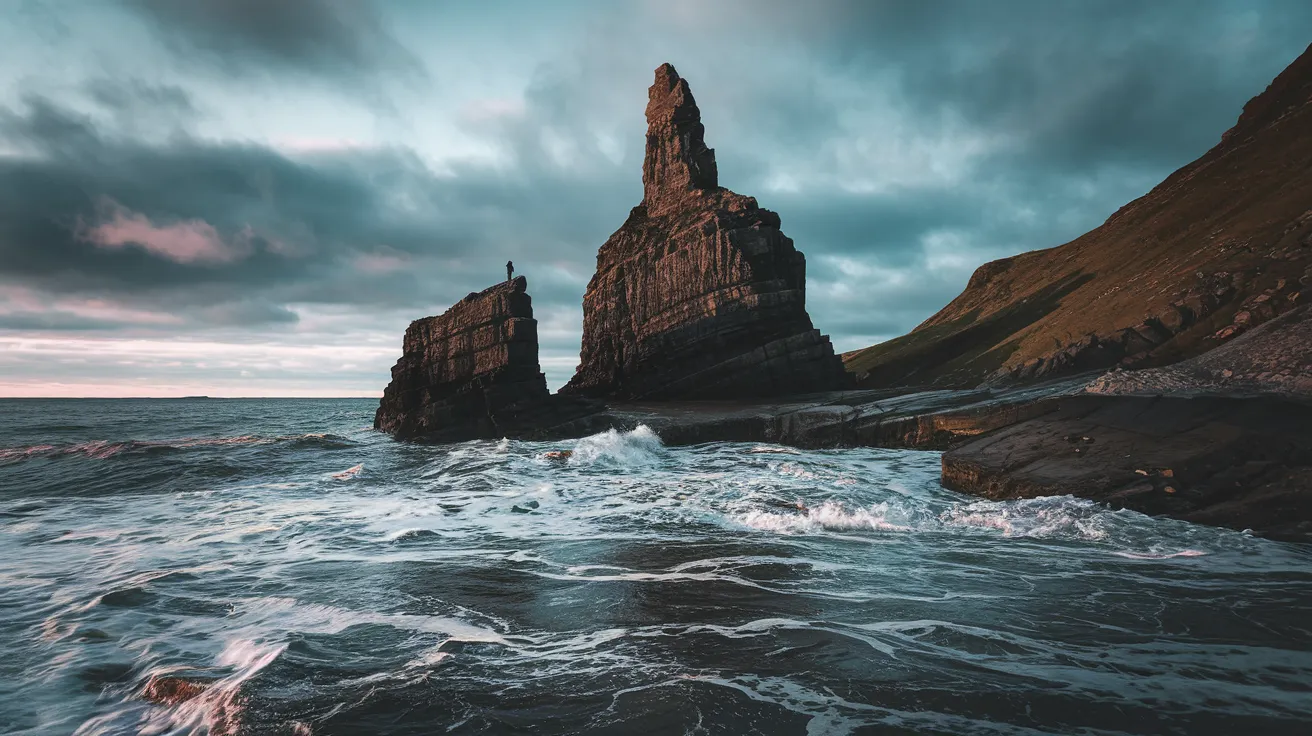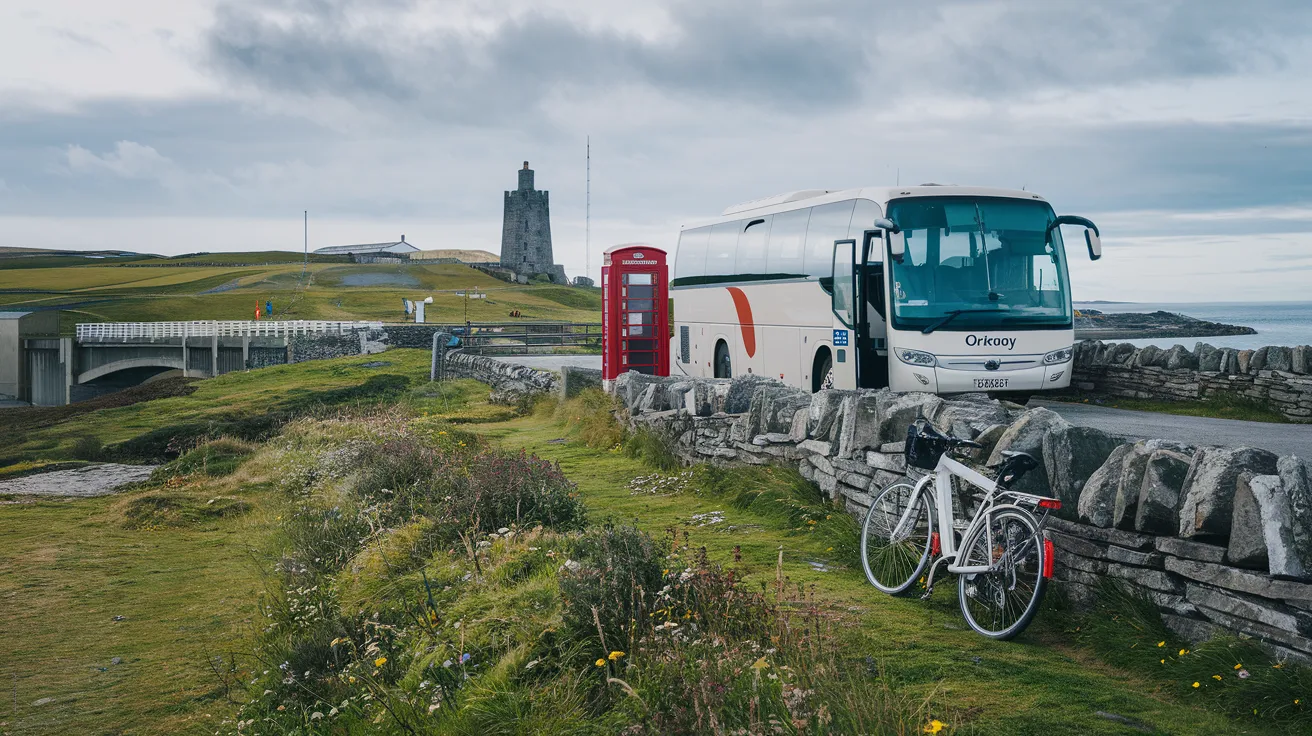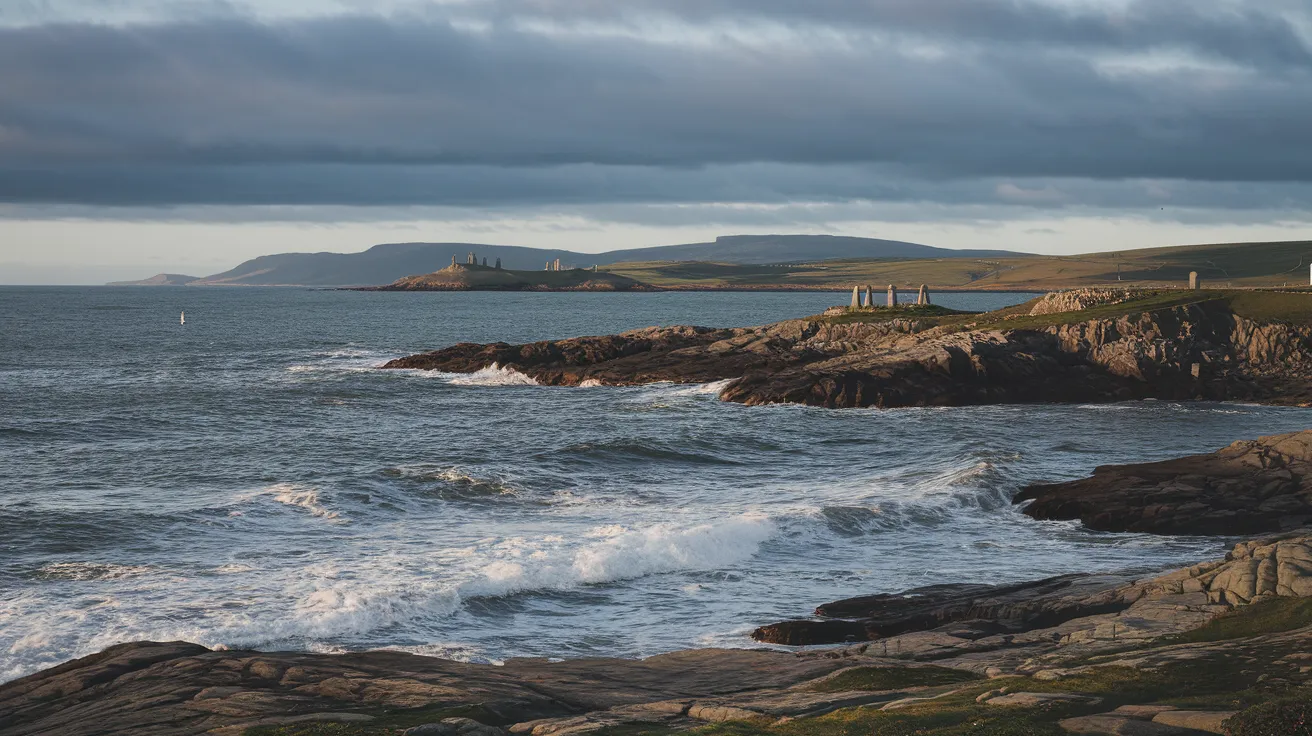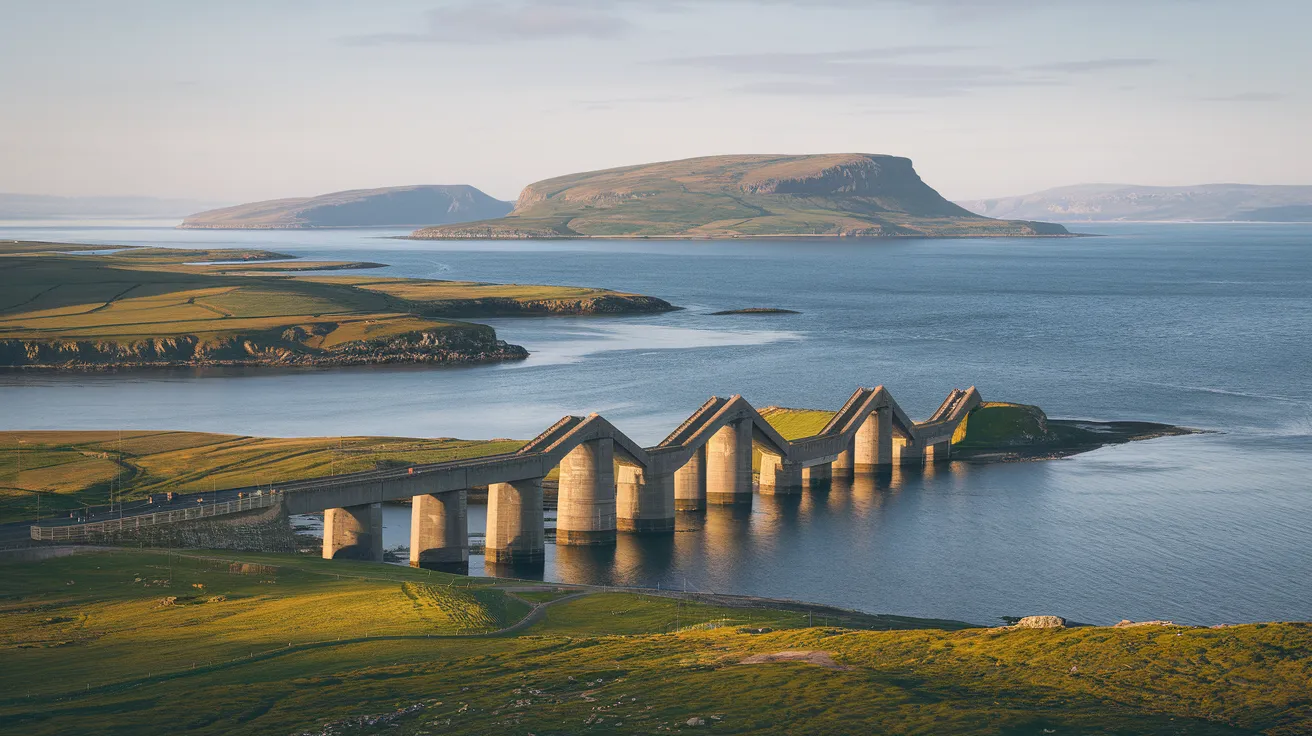Quick Navigation
- Key Takeaways for First-Time Visitors
- When is the Best Time to Visit Orkney?
- Weather & Daylight Considerations
- Wildlife Viewing Opportunities
- Key Festivals & Events
- Essential Preparation: Booking, Packing & Planning
- Booking Accommodation & Transport
- Packing Essentials
- Exploring Orkney: Top Experiences for First-Timers
- Watch: Planning Your Orkney Adventure
- Frequently Asked Questions
- Conclusion: Your Unforgettable Orkney Journey Awaits
Dreaming of dramatic sea cliffs, ancient stone circles older than Stonehenge, and a rich Viking heritage? Orkney, a unique archipelago of around 70 islands off Scotland's north coast, offers all this and more. But visiting this captivating destination requires careful planning. This comprehensive guide will equip first-time visitors with everything needed to navigate Orkney's seasons, book essentials, pack wisely, and experience its magic.
Key Takeaways for First-Time Visitors
| Best Time to Visit | Summer (Jun-Aug) for best weather & daylight (busy); Spring/Autumn shoulder seasons offer balance; Winter for Aurora & fewer crowds (short days). |
| Booking Essentials | Book accommodation, ferries (esp. vehicles), car hire & Maeshowe tickets months in advance, especially for summer. |
| Essential Packing | Waterproof/windproof jacket, layers (fleece, thermals), sturdy waterproof walking boots, hat, gloves. |
| Getting Around | Car hire recommended for flexibility (book early); be ready for single-track roads. Tours/buses available but need planning. |
| Must-See Sights | Heart of Neolithic Orkney (Skara Brae, Brodgar, Maeshowe), Italian Chapel, Kirkwall (St Magnus Cathedral), Stromness. |
| Recommended Duration | Minimum 3 days for Mainland highlights, 5-7 days ideal for a more relaxed pace and exploring an outer isle. |
When is the Best Time to Visit Orkney?
Orkney's weather is famously changeable, often described as experiencing 'four seasons in one day'. While generally mild thanks to the Gulf Stream (average temperatures range from 5°C in winter to 15°C in summer), the islands are exposed to Atlantic winds year-round. Choosing when to visit depends on your priorities (check our guide on Orkney weather and packing for more details):
Weather & Daylight Considerations
- Summer (June - August): Offers the best chance of milder weather and the longest daylight hours - over 18 hours around the summer solstice in June, known locally as the 'simmer dim'. This is perfect for packing in sightseeing, from exploring coastal paths to visiting late-opening archaeological sites. However, it's also the peak tourist season, meaning more crowds and higher prices.
- Spring (April - May): Often brings drier, sunnier days than summer, though still cool. Daylight hours increase rapidly. Wildflowers bloom across the landscape, and migratory birds return. It's a great time to visit before the main summer rush.
- Autumn (September - October): Features stunning golden light ideal for photography. Temperatures remain relatively mild in early autumn. Crowds thin out, offering a more peaceful experience at popular sites. Daylight hours decrease noticeably.
- Winter (November - March): Expect shorter days (as little as 6 hours of daylight in December), stronger winds, and higher chances of rain or even snow. However, winter offers unique experiences like dramatic storm watching, cozy evenings in local pubs, and the best opportunities to see the Northern Lights (Aurora Borealis). Many smaller attractions may have limited opening hours or close entirely.
Wildlife Viewing Opportunities
- Seabirds (April - early August): Orkney is a birdwatcher's paradise. Visit cliffs like Marwick Head or the Brough of Birsay to see thousands of nesting seabirds, including charismatic Puffins.
- Seals (Year-round, pupping in Oct/Nov): Grey and Common seals can be spotted hauled out on shores across Orkney. Seal pupping season peaks in late autumn, particularly on islands like Sanday.
- Orcas (May - August): Pods of Orcas are increasingly sighted around Orkney during the summer months, often seen from coastal vantage points or ferries near Scapa Flow and Hoy.
- Other Wildlife: Look out for Hen Harriers performing courtship displays in spring, Otters along shorelines, and unique Orkney voles.
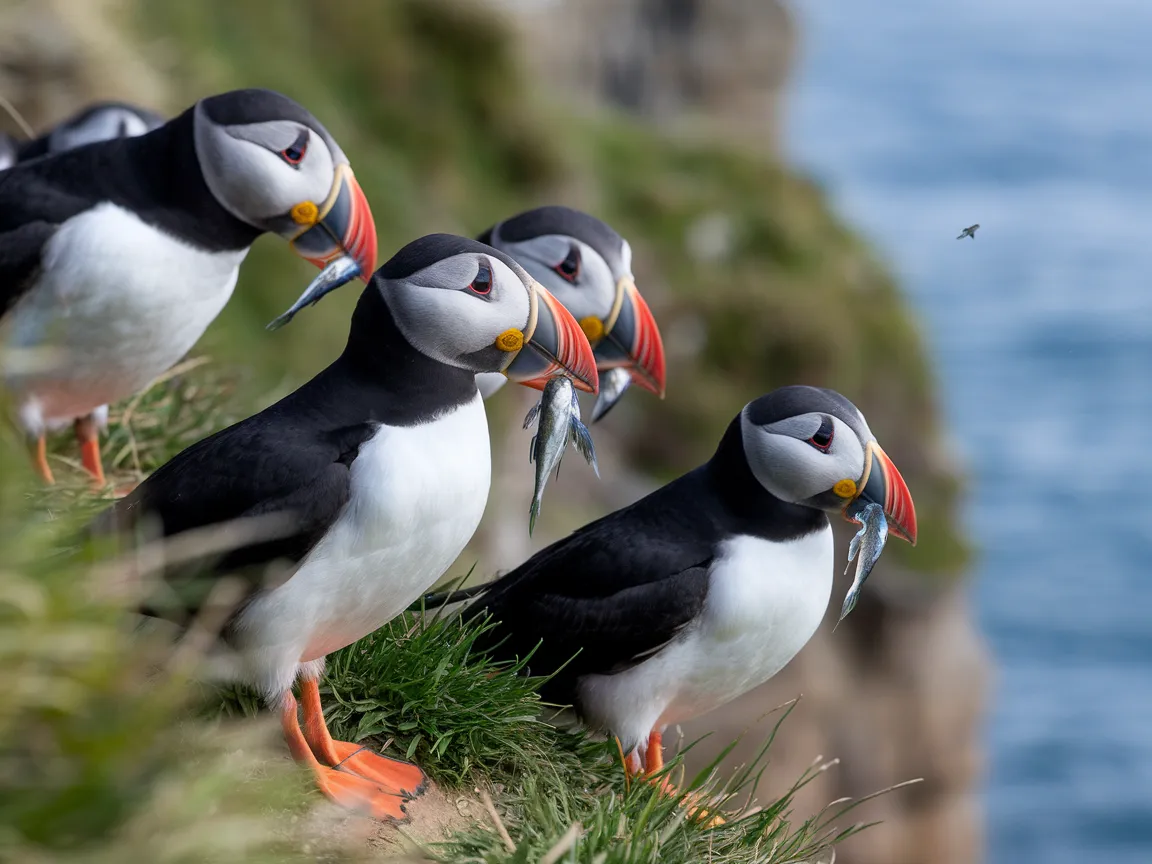
Key Festivals & Events
- Orkney Folk Festival (May): World-class folk music takes over Stromness.
- St Magnus International Festival (June): Prestigious arts festival featuring music, theatre, and dance, often using historic venues.
- Stromness Shopping Week (July): A week of community events, parades, and entertainment.
- Orkney County Show (August): Major agricultural show celebrating local farming and produce.
- Orkney International Science Festival (September): Talks, workshops, and events exploring science and nature.
- Kirkwall Ba' Game (Christmas Day & New Year's Day): A unique, ancient street football game involving hundreds of participants.
Essential Preparation: Booking, Packing & Planning
Orkney's popularity and island logistics mean advance planning is crucial, especially during peak season. Consider looking at suggested Orkney itineraries to help structure your trip.
Booking Accommodation & Transport
Accommodation: Orkney offers a range of options, from hotels and B&Bs in Kirkwall and Stromness to self-catering cottages in rural areas. Book 6-12 months in advance for summer travel or during major festivals. Consider your itinerary - a central base on the Mainland works well for exploring major sites, while stays on outer isles like Hoy or Rousay offer deeper immersion.
Ferries: NorthLink Ferries operate routes from Aberdeen (to Kirkwall) and Scrabster (to Stromness). Pentland Ferries run from Gills Bay (near John o' Groats) to St Margaret's Hope. Booking vehicle slots is essential, especially in summer, and should be done months ahead. Foot passenger space is usually less constrained but still advisable to book.
Flights: Loganair operates flights to Kirkwall Airport (KOI) from major Scottish cities like Edinburgh, Glasgow, Aberdeen, and Inverness, as well as inter-island flights.
Car Hire & Tours: Renting a car offers the most flexibility for exploring. Book well in advance. Alternatively, numerous local companies offer guided tours, often covering major highlights and providing valuable local insight. Consider tours if you prefer not to drive on single-track roads or want to explore Orkney without a car.
Key Attractions: Sites like the Maeshowe Chambered Cairn require timed tickets booked well in advance, often months ahead, via the Historic Environment Scotland website.
Contact: Maeshowe Visitor Centre (Historic Environment Scotland)
Tormiston Mill, Stenness, Orkney, KW16 3HH
Packing Essentials
Layering is key to comfort in Orkney's changeable weather. Our expert packing list for Orkney provides detailed advice.
- Outerwear: A waterproof and windproof jacket is non-negotiable, regardless of season.
- Layers: Bring fleeces, thermal base layers, and t-shirts to adapt to temperature swings.
- Footwear: Sturdy, waterproof walking boots are essential for exploring coastal paths and archaeological sites with uneven ground.
- Accessories: A warm hat, gloves, scarf (even in summer!), sunglasses, and sunscreen (the wind can be deceptive).
- Tech: Binoculars for wildlife, a portable power bank (charging points can be scarce in remote areas), and download offline maps as mobile signal can be patchy.
Exploring Orkney: Top Experiences for First-Timers
While Orkney boasts countless attractions, focus on these highlights for a memorable first visit:
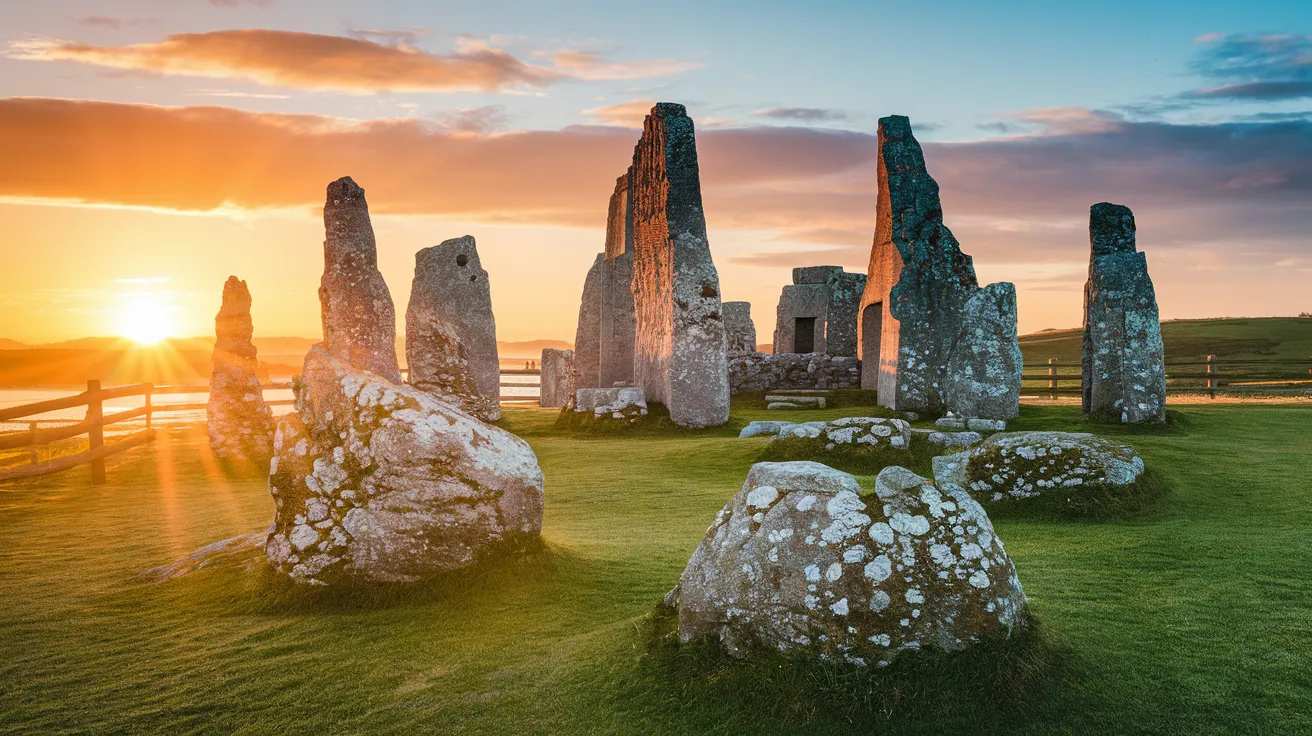
Heart of Neolithic Orkney (UNESCO World Heritage Site): This cluster of monuments forms the core of Orkney's ancient past.
- Skara Brae: Explore the incredibly well-preserved 5,000-year-old village, complete with stone furniture.
- Ring of Brodgar: Walk amongst the enigmatic standing stones of this vast ceremonial circle, especially atmospheric at dawn or dusk.
- Stones of Stenness: Visit the towering remnants of another ancient stone circle nearby.
- Maeshowe: Enter this magnificent chambered tomb, famous for its Neolithic architecture and later Viking graffiti (remember to book well in advance!).

Italian Chapel: A moving testament to faith and artistry, this ornate chapel on Lamb Holm was built by Italian prisoners of war during WWII using basic materials.

Scapa Flow & Churchill Barriers: Learn about Orkney's pivotal role in both World Wars. Visit the Scapa Flow Museum on Hoy or view the Churchill Barriers - causeways built to protect the naval anchorage, now connecting several islands.
Kirkwall & Stromness: Explore Orkney's main towns. Kirkwall boasts the magnificent St Magnus Cathedral and Earl's & Bishop's Palaces, while Stromness charms with its winding flagstone streets and harbour.
Watch: Planning Your Orkney Adventure
Get a feel for the islands and gather more planning tips with this recent video guide from ScotWild Adventures:
Frequently Asked Questions
- How many days do I really need? While you can see Mainland highlights in 3 days, allow 5-7 days to truly appreciate the pace of island life, explore an outer isle like Hoy or Rousay, and accommodate potential weather delays.
- Is it easy to drive in Orkney? Driving is straightforward, but be prepared for single-track roads with passing places, especially in rural areas and on smaller islands. Always be courteous and pull over to let others pass.
- Can I get by without a car? Yes, but it requires more planning. Stagecoach operates bus routes on the Mainland connecting Kirkwall and Stromness with key sites. For outer isles or more comprehensive tours, consider local guides like Wildabout Orkney or taxi services.
- Are the islands accessible for those with mobility issues? Accessibility varies. Major sites like Skara Brae Visitor Centre and St Magnus Cathedral have good access. However, many archaeological sites involve uneven paths or steps. Check specific site details on the Historic Environment Scotland website or contact accessible tour providers.
- What about the midges? Unlike the Scottish Highlands, Orkney's persistent wind generally keeps midges at bay. However, on calm, damp summer evenings, especially near lochs, they can appear. Packing a midge repellent is a sensible precaution.
Conclusion: Your Unforgettable Orkney Journey Awaits
A trip to Orkney is a journey through time, nature, and unique island culture. By understanding the best times to visit, booking essentials well in advance, and packing appropriately for the elements, you set the stage for an incredible adventure. From the awe-inspiring Neolithic monuments to the dramatic coastal scenery and welcoming local communities, Orkney offers experiences found nowhere else.
Call to Action: Ready to start planning? The key is securing the right base. Explore a wide range of quality-assured Orkney accommodation options on Orkney Stays, from cozy cottages near ancient sites to town centre apartments, and book your perfect island retreat today!

